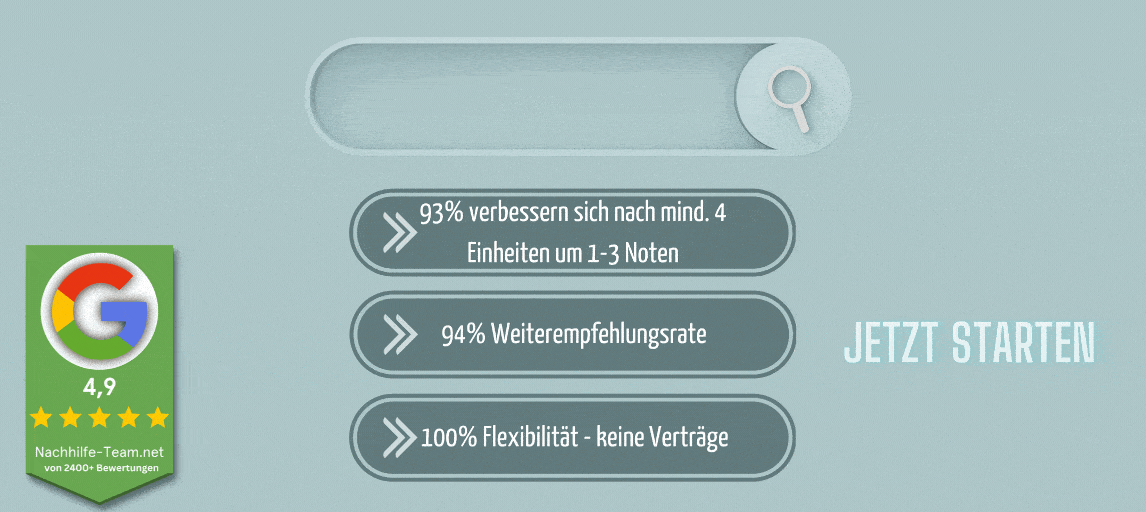Du musst für den Englischunterricht einen Comment schreiben, weißt aber nicht wie du vorgehen sollst? Dann bist du hier an der richtigen Stelle! Wir zeigen dir anhand von Beispielen, wie du den perfekten Comment schreibst!
Fangen wir an!
Einen Comment in Englisch schreiben – Wie geht das?
Ein Comment ist nichts anderes als eine begründete Stellungnahme. Du äußerst dich dabei zu einer Fragestellung, Aussage oder Problematik.
Gehe dabei stets sachlich vor, deine eigene Meinung äußerst du nach Abwägen der Argumente erst im Schlussteil.
Comment schreiben – Vorgehensweise
Überlege dir, bevor du anfängst zu schreiben:
Eine Pro- und Contra Tabelle kann sehr hilfreich sein um einen Überblick über die verschiedenen Argumente zu bekommen. Markiere hier auch gleich, wie schlagkräftig jedes Argument ist – das wird dir im Hauptteil zugute kommen!
Benutze außerdem Beispiele – diese werten deinen Comment auf und untermauern deine Argumente.


Die Zahl in den Klammern gibt die (von uns geschätzte) Überzeugungskraft des Arguments an.
Pro (pros) | Contra (cons) |
less people would fly, therefore less pollution (1) | creates inequality as people in lower income classes might not be able to afford a vacation abroad (1) --> might lead to more hostility between income classes |
less noise (2) | the aviation industry would make less profit, leading to less innovation (2) |
it would reduce contact between cultures (3) |
Englisch Comment schreiben – Aufbau
Wie die meisten Textsorten besteht der Comment aus…

Wir zeigen dir, was du in jedem Teil beachten musst!
Einleitung (introduction) des Comment
In der Einleitung führst du sachlich in die Thematik ein. Wecke dabei das Interesse deiner Leser*innen! Dies tust du zum Beispiel, indem du auf ein aktuelles Thema hinweist oder eine Frage stellst.
Beispielhafte Formulierungen für eine Einleitung
Englische Formulierung | Übersetzung |
Nowadays | Heutzutage |
Recently, there was/has been | In letzter Zeit gab es/wurde |
Many people think that… | Viele Menschen glauben dass… |
Many people discuss whether… | Viele Menschen diskutieren darüber, ob… |
Is it true that… ? | Ist es wahr, dass … ? |
Hauptteil (main body) des Comment
Im Hauptteil wägst du Pro- und Contra Argumente gegeneinander ab. Begründe deine Argumente und untermauere sie mithilfe von Beispielen!
Benutze dabei das Sanduhr-Prinzip.
Beispielhafte Formulierungen Hauptteil
Englische Formulierung | Übersetzung |
although / though | obwohl |
first, second, third | erstens, zweitens, drittens |
besides | außerdem |
on top of that / moreover / in addition to that / furthermore | darüber hinaus / dazu kommt |
therefore | daher / deshalb |
for example / for instance | zum Beispiel |
on the one hand + / on the other hand | auf der einen Seite + / auf der anderen Seite |
because | weil / denn |
one might say that | man könnte sagen, dass… |
it is true that | es stimmt, dass |
however | allerdings |
also | auch / außerdem |
Schluss (conclusion) des Comment
Nenne zusammengefasst die wichtigsten Argumente der Position die du vertrittst. Hier sollte auch deine eigene Meinung deutlich werden, die du mithilfe der Argumente begründest.
Beispielhafte Formulierungen Schluss
Englische Formulierung | Übersetzung |
all in all | insgesamt |
to sum up | zusammenfassend |
to conclude / in conclusion | abschließend |
after looking at both sides, I come to the conclusion | nach Betrachtung beider Seiten komme ich zu dem Schluss |
weighing the pros and cons | nach Abwägung der Vor- und Nachteile |
considering this | angesichts dessen |
Aufgabe für dich: Schau dir an, wie die Formulierungen aus den Tabellen in unserem Comment benutzt wurden!
Comment schreiben – FAQ
Wie schreibt man Comment in Englisch?
Der Comment wird in Einleitung, Hauptteil und Schluss unterteilt. In der Einleitung führst du kurz in das Thema ein und weckst Interesse. Im Hauptteil wägst du Pro- und Contra Argumente gegeneinander ab. Im Schluss führst du nochmal die zentralen Argumente deiner Position an, hier wird auch deine eigene Meinung deutlich.
Wie beginne ich ein Comment?
Du beginnst das Comment mit einer kurzen Einleitung. In dieser führst du in das Thema ein und weckst Interesse. Du könntest beispielsweise eine Frage stellen oder auf ein kontroverses Thema hinweisen.
Wie viele Argumente im Comment?
2 bis 3 Argumente pro Seite reichen aus. Am besten hast du mehr und bessere Argumente für die Seite, die du selber unterstützt.
Das könnte ebenfalls interessant für dich sein:



Dieser Artikel ist sehr ausführlich und durch die Beispiele und Formulierungen auch sehr anschaulich. Vielen Dank, es hat mir sehr geholfen.
super Artikel super Text vielen dank für die Hilfe.